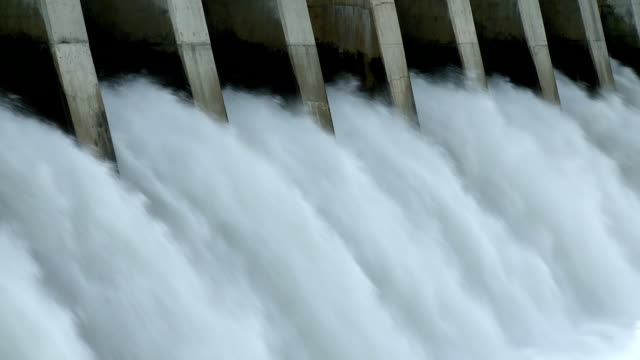The completion of the Zungeru hydroelectric power project has resulted in an additional 700 MW being incorporated into Nigeria’s national grid. The Federal Ministry of Power recently announced that this increased power supply would significantly address the country’s electricity demands.
Situated on the Kaduna River in Niger State, approximately 150 kilometers northwest of Abuja, Nigeria, the Zungeru hydroelectric plant is the largest of its kind constructed in the country since the commissioning of the Kainji Dam in 1968.
According to Decrown West Africa Company Limited, the project’s consultants, the design aims to generate 2,630 GWh of energy at reservoir FSL 230, with a flow rate of 880 m3/sec and a total installed capacity of 700 MW, operating at a plant factor of 0.33. Notable features of the project include a composite dam comprising a roller compacted concrete dam (RCC), rock-fill dams, diversion work, spillway and plunge pool, power intake and penstocks, a hydroelectric power plant, a tail race channel, switchyards, and transmission lines of 330 and 132 KV, connecting the Jebba and Shiroro 330 KV power plants and the Tegina 132 KV substations.
The key hydraulic structures, such as the gated spillway, power intake, and diversion galleries, are integrated into the RCC dam structure on the left bank. The hydroelectric power plant comprises four Francis turbine units, operating with a net nominal head of 92 m, a nominal flow of 220 cu m/sec, and a rated speed of 107.1 rpm.
The Minister of Power, Abubakar D. Aliyu, stated that the Zungeru Hydroelectric Power Plant officially commenced operation on Thursday, May 25, 2023. He confirmed the addition of 700 MW to the grid. Visual evidence, including meter readings, indicated that the 700 MW had successfully been integrated into the grid. Johnson Adewumi from Decrown West Africa Company Limited, quoted in local media, affirmed the stability of the plant, the absence of abnormal vibrations, and consistent results from monitoring equipment. The plant reached a peak capacity of 718 MW.

